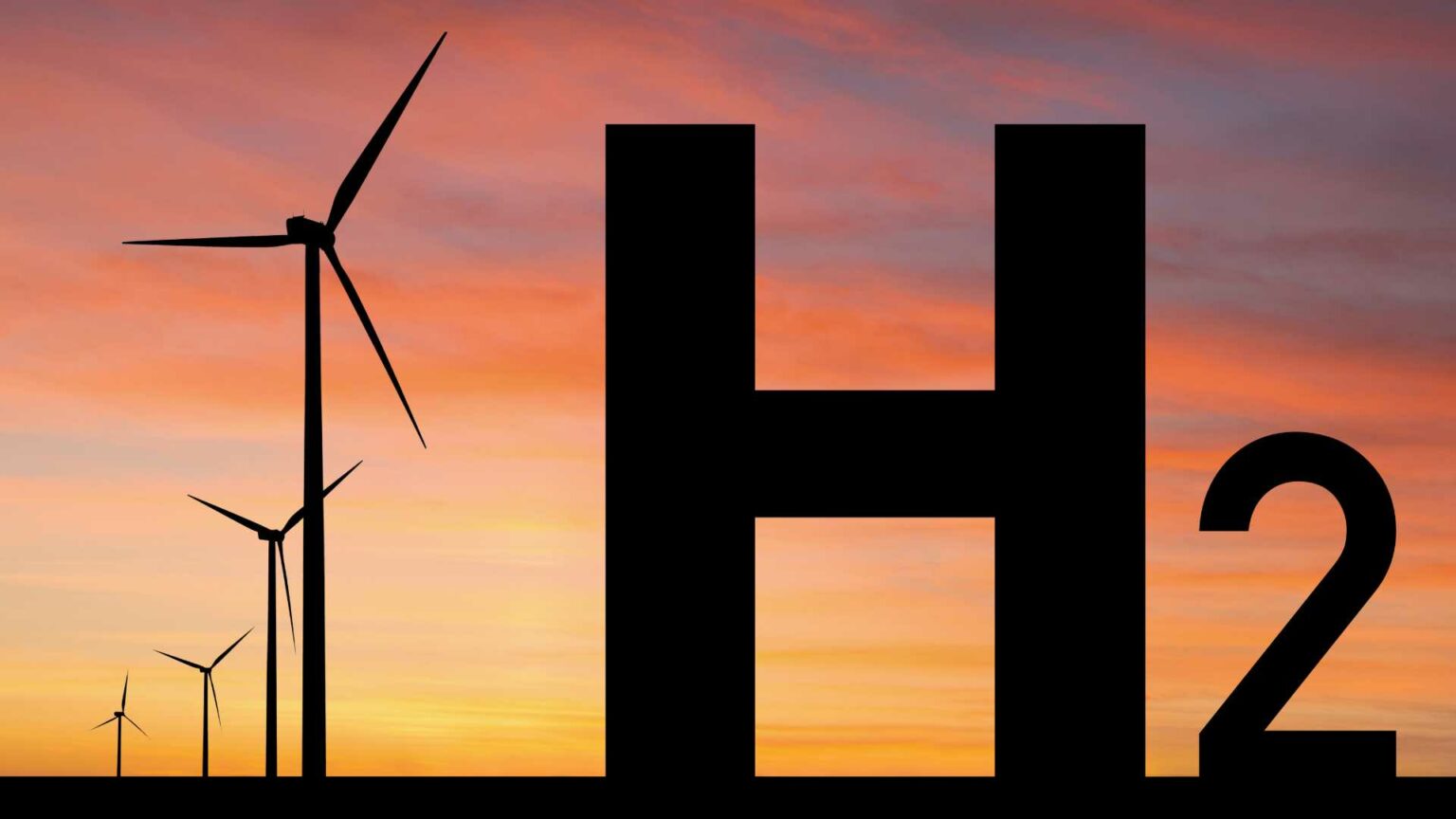The World Bank, along with international partners, has unveiled a comprehensive action plan to accelerate the global deployment of clean hydrogen as a low-carbon energy carrier. This ambitious initiative aims to address climate change and strengthen energy access in developing countries.
At the heart of the plan lies a 10 GW capacity initiative, a tenfold increase from current global hydrogen production using renewable energy input. This initiative will involve the development of priority projects across emerging markets and developing countries, demonstrating the viability of the nascent clean hydrogen industry and reducing financing costs.
The four-point action plan forms the cornerstone of a new report titled “Scaling Hydrogen Financing for Development,” led by the World Bank’s Energy Sector Management Assistance Program (ESMAP.org) in collaboration with the OECD (oecd.org), Global Infrastructure Facility (globalinfrafacility.org), and the Hydrogen Council (hydrogencouncil.com).
Clean hydrogen, produced using electricity from renewable sources or from fossil fuel with carbon capture, holds immense promise for the transition to a low-carbon future. It can play a pivotal role in decarbonizing hard-to-abate sectors such as steel production, long-haul transport, and others.
“Clean hydrogen can play an important role in the global transition from polluting fuels to low- or no-carbon energy,” stated World Bank Vice President for Infrastructure Guangzhe Chen, highlighting its potential to achieve Sustainable Development Goal 7 on universal access to affordable and reliable energy by 2030.
However, challenges remain in bringing clean hydrogen to scale. Today, global production of clean hydrogen is limited, accounting for less than 2 percent of total hydrogen production. Projects in emerging markets and developing countries face high financing costs due to perceived and actual risks, including uncertainty about buyers and offtake prices, as well as political and regulatory unpredictability.
The World Bank is addressing these challenges by designing financing mechanisms to de-risk projects and promoting policies to boost demand. “We have already approved $1.65 billion in funding for renewable hydrogen loans so far this year, with more to come,” remarked World Bank Global Director Energy & Extractives Demetrios Papathanasiou.
The four-point action plan outlines key strategies to advance clean hydrogen deployment:
- 10 GW initiative: This initiative will focus on lighthouse projects of between 100 MW and 1 GW in size, demonstrating the feasibility of large-scale clean hydrogen production and utilization.
- Capacity building and knowledge sharing: A digital hub, matchmaking platform, and other tools will be developed to encourage the adoption of clean hydrogen projects and facilitate knowledge exchange.
- International coordination and consensus: Efforts will be made to develop international standards and markets for clean hydrogen, including a transparent pricing system to mitigate risks and reduce transaction costs.
Policies and institutional frameworks: Policies and institutional frameworks will be strengthened to accelerate project development and meet Paris Agreement requirements. This includes promoting a global digital platform for technical assistance and expanding financial resources for technical assistance to promote clean hydrogen production and utilization.
The World Bank’s action plan marks a significant step towards realizing the potential of clean hydrogen in the global energy landscape. By addressing the challenges and fostering collaboration, this initiative can pave the way for a cleaner, more sustainable future.
